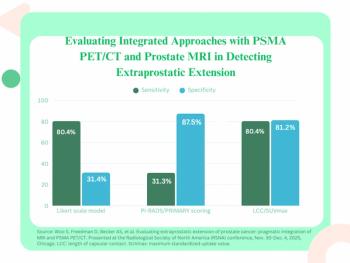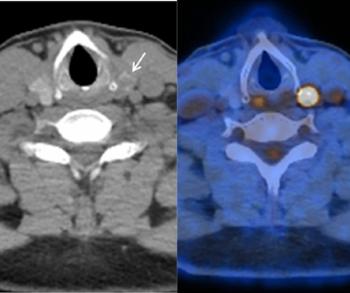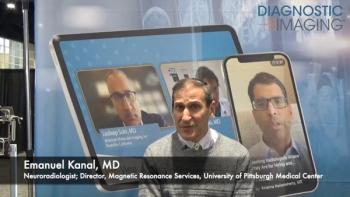
Too Many CT Scans Done for Minor Head Injuries
CT is overused when assessing younger patients presenting with minor head injuries.
CT is overused in younger patients who present with minor head injuries, according to a study published in the
Researchers from Israel sought to retrospectively study and estimate how many CT studies were performed in a tertiary hospital emergency department that were not indicated by Canadian CT Head Rule (CCHR) guidelines, and to analyze factors that contribute to unnecessary examinations.
A total of 955 brain CT examinations performed for minor head injuries were randomly retrospectively selected for the study and the researchers assessed for demographics, cause of head trauma, and referring physician’s seniority and specialty. For each CT scan, it was determined whether the CT referral met the CCHR criteria. The CT interpretations of patients under age 65 were evaluated to assess the sensitivity and negative predictive value of the CCHR criteria.
The results showed that many examinations were not indicated according to CCHR, particularly among younger patients, and more neurologists ordered these studies than surgeons:
• All patients: 104 (10.9%)
• Patients younger than 65: 104 of 279 examinations (37.3%)
The non-indicated scans were ordered more often if the head trauma was caused by a four-wheel motor vehicle accident and a hit on the head by an object. The CCHR had sensitivity and negative predictive value of 100% for either brain hemorrhage or fractures.
The researchers concluded that CT studies were overused among younger patients who presented with minor head injuries.
Newsletter
Stay at the forefront of radiology with the Diagnostic Imaging newsletter, delivering the latest news, clinical insights, and imaging advancements for today’s radiologists.



























